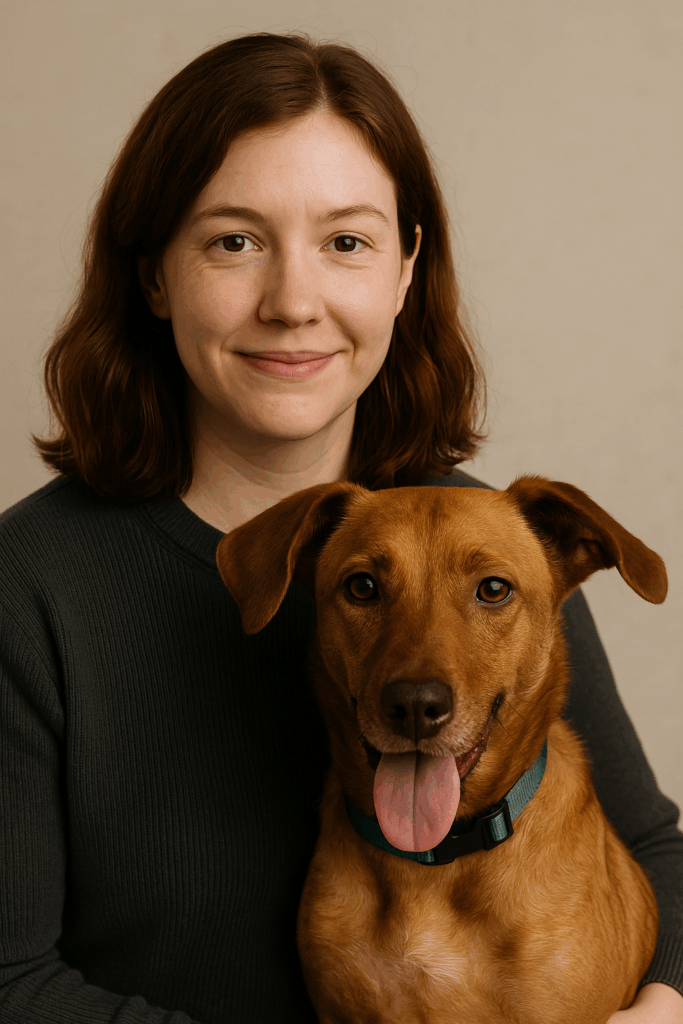
When rescue volunteers found Luna, she was hiding beneath a rusted trailer behind an abandoned gas station in rural Texas. Her fur was matted, her ribs visible, and her eyes—though tired—still held a flicker of hope. She didn’t bark or growl when approached. She simply looked up, as if she’d been quietly waiting for someone kind enough to care.
That someone turned out to be Emma, a high school art teacher from Brooklyn who wasn’t even planning to adopt a dog.
Emma had been following rescue pages online for months, telling herself she was “just looking.” But something about Luna’s photo stopped her scroll. Maybe it was the way her ears drooped or the cautious curl of her tail. Maybe it was the quiet resilience in her eyes. Whatever it was, Emma clicked “inquire,” and a week later, Luna was on a transport van bound for New York.
The first few days were hard. Luna barely moved from the corner of the living room. She didn’t know what toys were, flinched at sudden sounds, and needed gentle coaxing just to go outside. But Emma was patient. She read her books aloud in the evenings so Luna would get used to her voice. She left out pieces of turkey on the floor, inching them closer day by day. She waited.
And Luna began to change.
She learned that hands could give belly rubs, not harm. That a leash didn’t mean fear—it meant adventure. That couches were for cuddling, and windows were for watching birds and the bustle of Brooklyn below.
Now, Luna greets Emma at the door with full-body wiggles. She naps in sunbeams. She’s made friends at the local dog park and has even become a familiar face on Emma’s Instagram art page—her soft brown eyes and goofy tongue-out smile a symbol of love, recovery, and second chances.
Emma didn’t just rescue Luna. Luna rescued Emma too—in quieter, everyday ways.
Because sometimes, the most unexpected companions are the ones who help us find our way back to ourselves.
